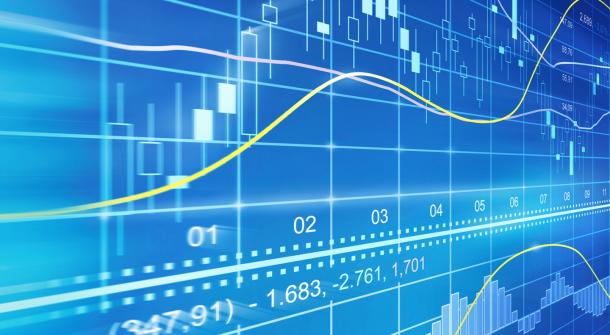On the 30th anniversary of the 1987 stock market crash CNBC took a day-long trip down Memory Lane. Few of the guests and staff were on Wall Street or in the investment community in any capacity. I well remember that day and the selling that began a few months earlier and culminated with the crash.

Ted Koppel hosted a panel discussion on “Night Line” and one of the guests was my employer. Nicknamed the “profit of doom” he compared the crash to the start of the Great Depression. Unlike 1929, however, few if any investors were wiped out and most were simply giving back gains accumulated over nine months. Milton Friedman, also on the panel, made that point as well. He would later note that for calendar 1987 the S&P actually rose. In retrospect, the crash was merely selling in a secular bull market (not a cyclical) that began in 1982. It created a terrific buying opportunity, perhaps the best ever. Secular bull markets last from 15 to 20 years and they are not derailed by periodic profit taking. The bull market that began in 1982 ended in March of 2000, not in October of 1987. As John Templeton often said, bull markets don’t die of old age. They end amid euphoria (think the dot-com frenzy in 2000). Few signs of that now.
I bring this up now because there are some voices calling for another crash, given how far the market has come since 2009. Most of those scare-mongers have been predicting crashes year-after-year. If you trace the current secular bull market to its beginning in March of 2009, then we have a long way to go. The last leg will be powered by earnings growth and investors have been anticipating that for months. The economy is beginning to cooperate. GDP rose a healthy 3 percent in both the second and third quarters despite the hurricanes, the ISM Manufacturing index is high, consumer confidence is at a level not seen for 13 years and job growth has accelerated. Earnings are on the rise.
In the simplest terms, investing is all about future earnings and interest rates. Investors are optimistic about the former, given the global and U.S. economic outlook, and confident that rates, which are inching up now and will rise more, won’t pose a problem for the economy or for the markets.They are right.














Leave A Comment